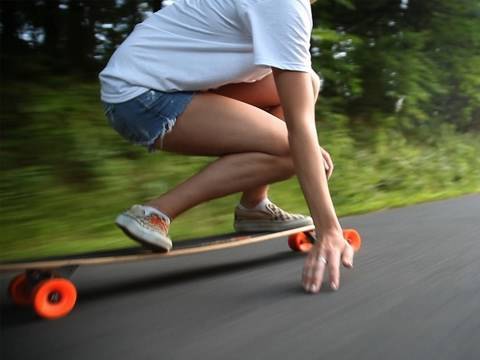People often confuse longboarding with skateboarding; however, longboarding is a bit different. It is not only a leisure sport but helps in traveling, cruising, and downhill skating too. Find the Best Skateboard for Beginners. Seems intriguing, right? We have a few tips right here to help you off with the basics.

1. Choose the right board: This is a vast topic since choosing the right board depends on several factors, including age, weight, and height. There are different types of longboards for different styles and stances. There are usually two types of stances, goofy and regular, which have opposite sets of movements. So it is important to know your stance before making up your mind on the right longboard. To know more about the best longboards in the market, visit
thrillappeal.com/best-longboards.
2. Know your stance: Everyone has an instinctual stance onboard sports. If you step on a board and put your left foot forward before your right foot, you are considered a &‘regular.’ If you move your right foot forward first, then you are a & ‘goofy’ rider. Another way to check is to stand with both of your feet together and ask another person to push you. Whichever footsteps forward first will determine your stance.
Why does stance matter, right? Here is an example for you, when a regular rider presses on his toes while riding on a longboard, it will give him a right turn. While pressing down on his heels will give him a left turn. The movements are reversed in the case of a goofy rider. Besides this, the stance is also important for you to find the perfect longboard. You will also want to look the part with skate clothing.
3. Learn to attain balance when static: If you are a beginner, consider getting skateboarding lessons since you need to learn to balance on a steady board before riding on it. The best way to do this is to place it on a carpeted floor or on the grass where friction will prevent it from rolling. Settle into your stance and learn to stand onto the board without putting your foot down onto the ground or feeling the need for it.
4. Try turning: You don’t want to lift your longboard and position it at a different angle each time you want to turn, do you? Practice leaning on the sides to tilt your deck but not the wheels of the longboard. Learn to do this with both, angling your ankles and tilting your body weight. If you are having trouble learning this on your normal board, you can buy a balance board, too, for your assistance.
5. Pushing and brakes: Before sliding down a hill or getting on the road, learn to push and brake with one foot while balancing your board with the other foot. Once you learn to push and brake, you can kick the ground for a better speed too.
Now that you know the important steps for beginners to learn longboarding, so make sure you don’t delay anymore and start practicing right away!



